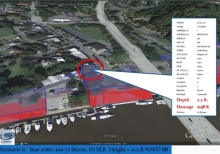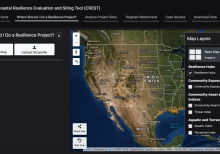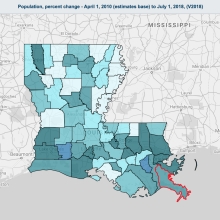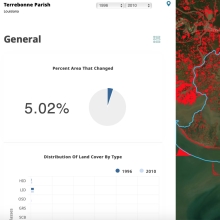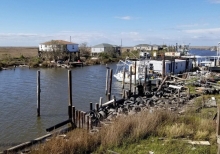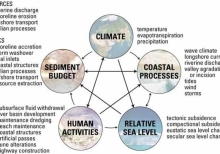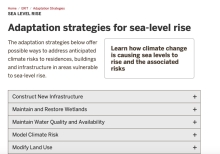Coastal Adaption To Sea Level Rise Tool (Coast)
COAST is a process that helps users answer questions in regards to the costs and benefits of actions and strategies to avoid damages to assets from sea level rise and/or coastal flooding: Should we build a sea wall? Should we develop a proactive building ordinance? Should we build a levee? Should we change our zoning? Should we relocate?
